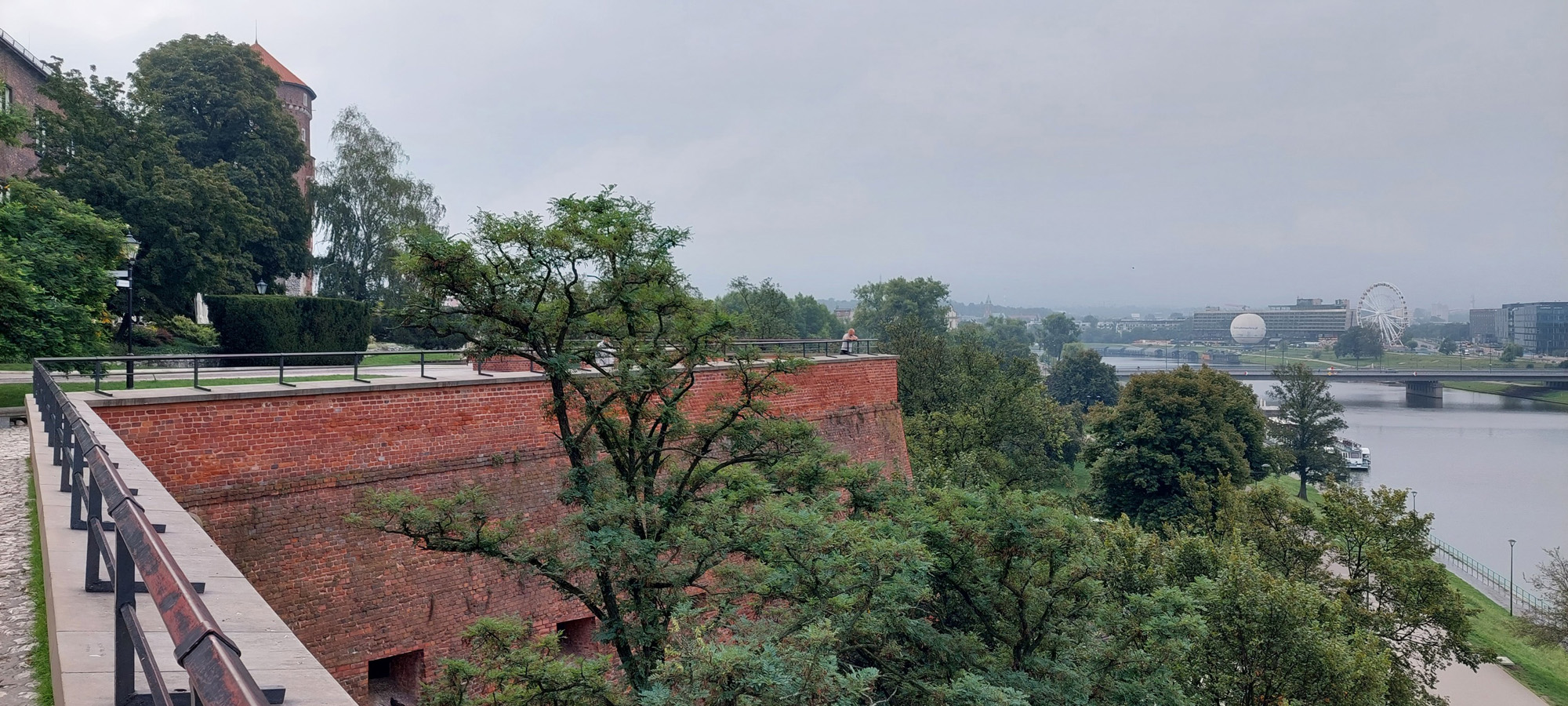 |
Jan & Jan-Jan's Rejseklubben is an exclusive club, with only 2 members, and we do NOT accept new members. |
 |

For centuries the residence of the kings of Poland and the symbol of Polish statehood, Wawel Castle is now one of the country's premier art museums. Established in 1930, the museum encompasses ten curatorial departments responsible for collections of paintings, including an important collection of Italian Renaissance paintings, prints, sculpture, textiles, among them the Sigismund II Augustus tapestry collection, goldsmith's work, arms and armor, ceramics, Meissen porcelain, and period furniture. The museum's holdings in oriental art include the largest collection of Ottoman tents in Europe. With seven specialized conservation studios, the museum is also an important center for the conservation of works of art. The history of Wawel is deeply intertwined with the history of the Polish lands and Polish royal dynasties already in the Middle Ages. The political and dynastic tensions that led to the ascendance of Kraków as the royal seat are sophisticated, but for most of the Middle Ages and the Renaissance Wawel was the seat of the national government and the Diet (assembly). As the Polish–Lithuanian Commonwealth formed and grew, Wawel became the seat of one of Europe's largest and most important states. This status was only lost when the capital was moved to Warsaw in 1596 (designated officially in 1793). |
 |
Copyright © All Rights Reserved |
 |